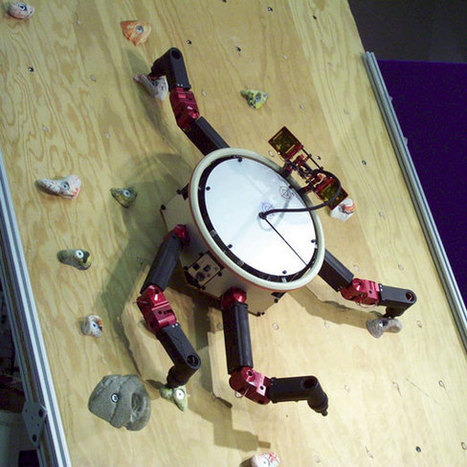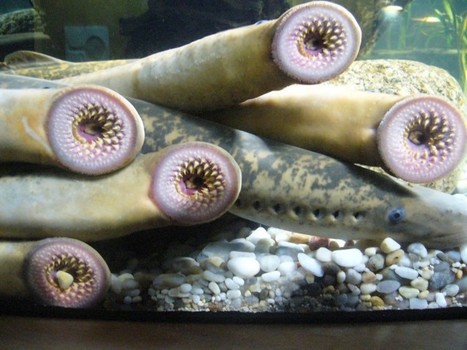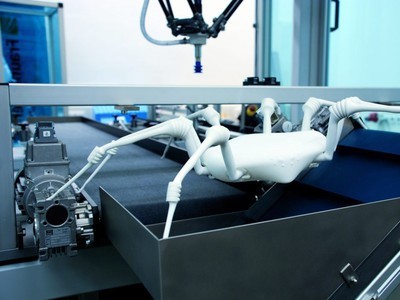Rolls-Royce is developing snake-like robots with their industrial partners as part of a European research project called MiRoR. New Scientist reports that the robots would be used to maneuver inside jet engines and repair any damage. They would be operated remotely, allowing experts to quickly fix any problems and reduce delays for passengers.
Research and publish the best content.
Get Started for FREE
Sign up with Facebook Sign up with X
I don't have a Facebook or a X account
Already have an account: Login
 Your new post is loading... Your new post is loading...
 Your new post is loading... Your new post is loading...
|
|



























